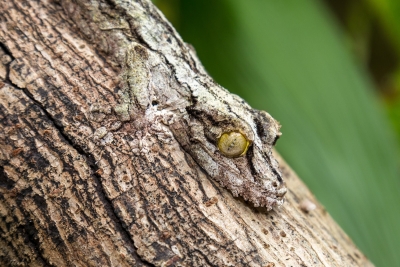
Now and then we come across photographs of a tree trunk or a leafy branch with a caption that nudges us to spot the creature in it. And only on careful inspection do we discover the bird or the insect in it. They merge so well with their environment that it’s not easy to spot them. This is called camouflage. When we think of camouflage, we often think of prey doing it. However, predators too use this to catch their prey. Also, there are many types of camouflage. Let’s look at a few of them.
Many techniques at play
When animals, birds or insects remain hidden by simply staying in a surrounding that matches their colour, it is called concealing colouration. While snowy owls and polar bears blend naturally with their environment (the Arctic snow), a few fish species can actually change colour to match their background. This is called background matching. Disruptive colouration is exhibited through patterns, spots, stripes, etc. This assists creatures such as leopards to remain hidden behind tall grass as they size up their prey, while it helps a herd of zebras appear as one large mass to the colour-blind and confused lion, which cannot pick and choose just one zebra to make a meal of. Disguise is another type of camouflage where a creature looks startlingly similar to something else in its environment. This is common among insects – think of leaf insect (also called walking leaf!) and stick insect. Mimicry as camouflage is very interesting. It involves creatures that look like some other intimidating, venomous or unappestising ones. For instance, the initial stages of certain types of butterfly caterpillars look just like bird poop, and perhaps do not get as much as a glance from their predators. The hawk moth caterpillar does a classier act –when threatened, it “puffs up its tail which is designed to look exactly like a snake’s head and intimidates its enemies”. Here’s one more example. The owl butterfly has large eyespots on the underside of its wings, which look like owl eyes to predators.
Picture Credit : Google

